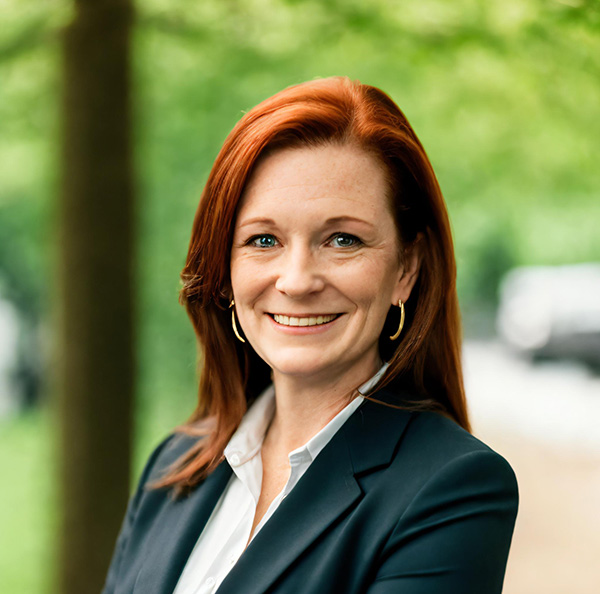Last June, I had the privilege of meeting Shoreline Middle School’s Early Activators. This collaborative group of administrators, instructional coaches, and teacher leaders united around the goal of creating self-directed learners, which they defined as learners who:
- take on challenges,
- select tools for guiding their learning,
- seek and act on feedback,
- recognize mistakes as opportunities to learn, and
- know what they are learning and how to be successful.
In an effort to nurture these self-directed students, Shoreline’s Early Activators committed to learning and implementing the formative practices in their own classrooms. During training in the fall, this team explored strategies for creating visual learning progressions, sharing learning targets with students, and using visual models to display what success does and does not look like in context. Throughout the winter, the Early Activators employed these strategies in their classrooms to help students answer the questions, “what am I learning?” and “how will I know if I am successful?”
Shortly after the start of second semester, the Early Activators’ formed teams to walk through each other’s classrooms and collect implementation evidence of these practices. Below you will find images taken on theirEvidence Walk.
Shoreline’s English Language Learner Teacher realized that if she wants students to explain how they know they are successful, then she must first ensure they understand the pedagogical terminology she is using in the classroom. As a result, Image 1 shows Frayer Models her students created to build their vocabulary and understanding of the term “success criteria”(Wisconsin Center for Education Research, 1969).


In Images 2 and 3, you can see how the math teachers attached example student work to each quality level of their performance rubrics. It is the pictures of the work, side-by-side, that truly illuminate the difference between mastery (3) and the other levels of the rubric for students.


In Image 4, an art teacher has employed their own talent to create models that demonstrate what it does and does not look like to use confident lines and to fill the space. The strong examples are sharply contrasted by the non-examples, making the success criteria easy for students to see in context.


Image 5 shows a mathematical learning target written on the dry-erase board. Underneath this target is the mathematical steps that are necessary to take in order to achieve the learning target. Below each step or success criterion, is an example of what this looks like in the context of a math problem.
In Image 6, a science teacher uses questions to communicate the learning objective for each sequential lesson. Each question that is posted is accompanied by criteria for a successful response. When taken together, these questions demonstrate to students how the learning in the unit progresses from one lesson to the next.
The images above leave no doubt that the Early Activators are working hard to share learning targets, learning progressions, success criteria, and models with students. But what these images cannot tell us is whether the students themselves have clarity regarding what they are learning and what success looks like. This is precisely why we asked them as we conducted our evidence walk. The students’ responses overwhelmingly indicated they were aware of what they were learning and they knew how to be successful- an essential characteristic of the self-directed learners Shoreline Middle School is striving to create.
The Early Activators are now shifting their focus to providing effective feedback. They are working to create opportunities for students to use the success criteria to accurately self-assess and peer-assess. They will conduct another Evidence Walk at the end of March to gauge their progress with fostering another characteristic of self-directed learners. We can’t wait to see their evidence and hear how their students acted upon the feedback they received.



